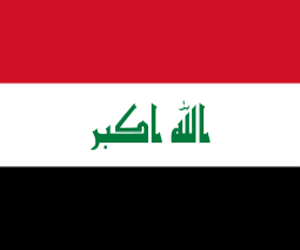Anesthesiology has been proven to be the safest speciality in medicine due to the great work done by all societies to standardize practices and create checklists in order to prevent errors from happening.
However, unfortunately more than 1 in 10 patients still have an intraoperative incident and 1 in 1000 patients suffer a harm. Most errors in anesthesiology are due to equipment misuse rather than failure. Anaesthesia machines are the mostly used equipment in our practice.
In order to prevent operator errors, the advances in the safety of anesthesia machines were numerous, examples are:
- The mandating in 1960 of the PIN Index Safety system to prevent the installation of an incorrect gas cylinder on the machine.
- Oxygen Failure Safety valve was introduced in 1960 to interrupt the flow of other gases in case of decrease in oxygen pressure flow.
- The introduction of monitors for breathing system pressures and for analysis of O2 concentration helped in preventing barotrauma and negative pressure pulmonary edema and helped in detecting circuit disconnection.
- Standardisation of anesthesia machines’ design in 1979 included larger O2 control knobs, color coded flowmeters, change of the place of the O2 flowmeter so that it is always to the right side near the outlet of gas on the machine ( to prevent administration of hypoxic mixtures). Today flowmeters are replaced by flow sensors.
- Oxygen proportioning system prevents giving less than 25% of O2.
- Agent specific vaporizers were developed in 1950 and since then many models are designed to provide accurate concentration of gases provided to the patient. Measurement of the inspiratory and expiratory concentrations is now possible.
- The introduction of electronically controlled ventilators to the anesthesia machine in 1970 allowed more ventilator modes.
- Finally the automation of the pre-use checkout procedure added a significant value to the safety of our practice.
Today, risk management activities and human factors engineering are targeted to reduce errors in the use of equipment. Physicians anesthesiologists are consulted on the design of those machines to improve their safe use.
Rola Hammoud. MD


















